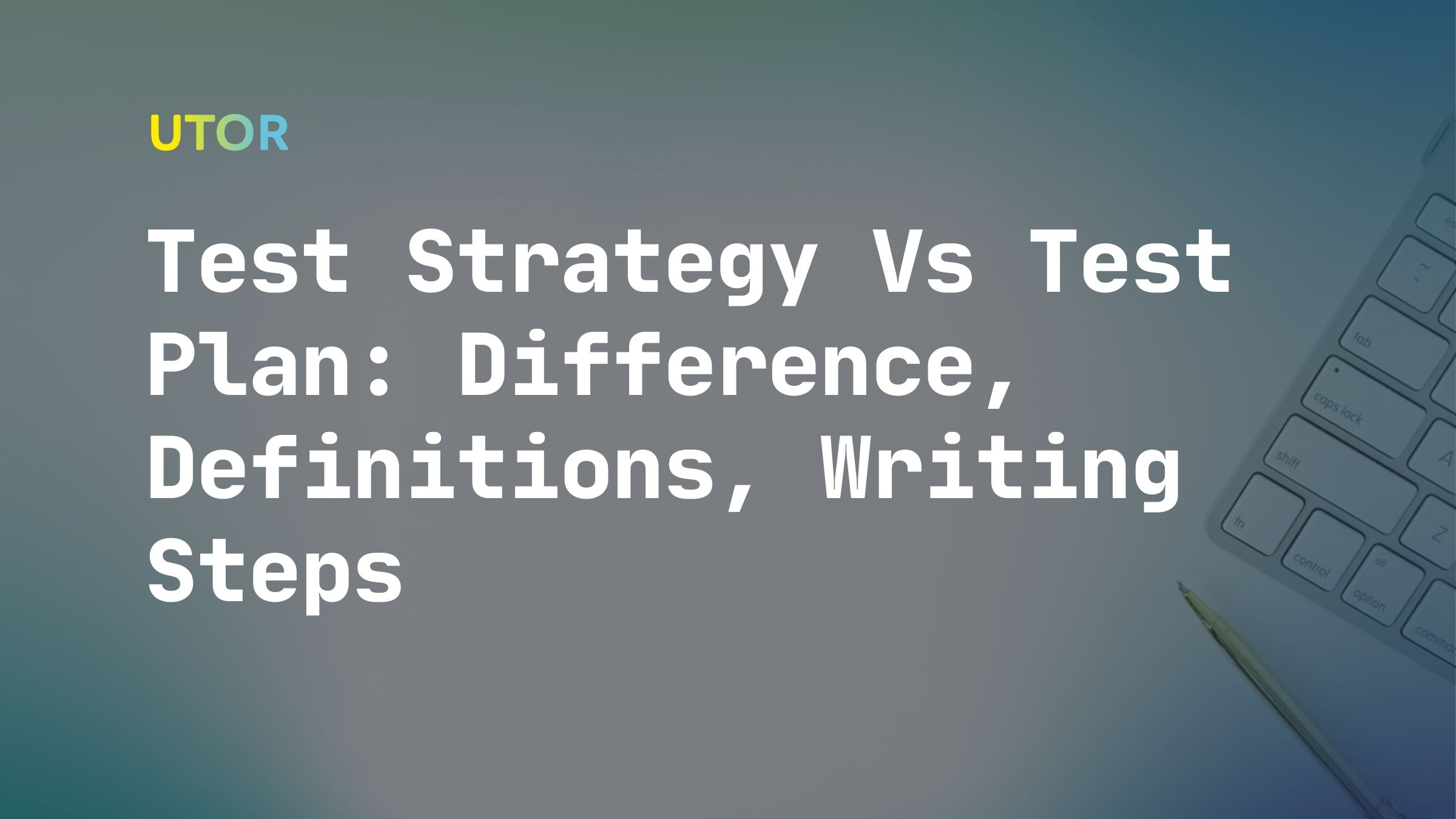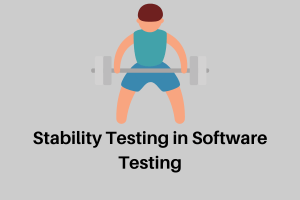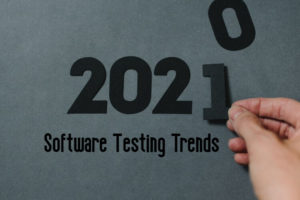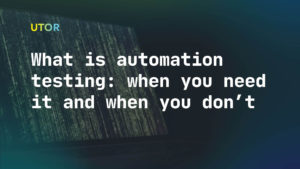While both are essential elements of the QA process, a test plan and a test strategy aren’t always interchangeable. So, what is the difference between a test plan and a test strategy? When should you use a plan, and when is it better to use a strategy?
A test strategy sets the general standard for testing activities. A test plan, on the other hand, defines specific details of the QA responsibilities and process.
This post will demystify the misconceptions between test plans and strategies, outline what each is used for, and the steps to prepare them.
The usefulness of test plans
A basic function of any test plan is to present a sound structure for decision-making, such as deadlines or short-order requests. It amplifies productivity, particularly where time is strained.
Plans also aid in communication among team members, stakeholders, and every other person on board. This inter-communication gives input and influence needed for documentation stages.
Another feature of a well-developed test plan is that it supports teams to achieve easy workflow by streamlining their communication and expectations.
Further, it enables rapid adaptation to change. When testing plans are prepared properly, the process of developing and implementing specific ideas naturally creates awareness for all collaborators.
The usefulness of test strategies
Planning without strategizing is like a vehicle without wheels: effort is spent, yet no distance is traveled. Strategy is all the constituent details of a plan suited to the product’s success and life cycle.
Creating test strategies means that teams are better informed on how to go about the testing. Test strategies contain each team member’s assigned roles, necessary resources, and the testing time frame.
Differences between software test plan vs. test strategy
The table below shows how test plans and strategies differ.
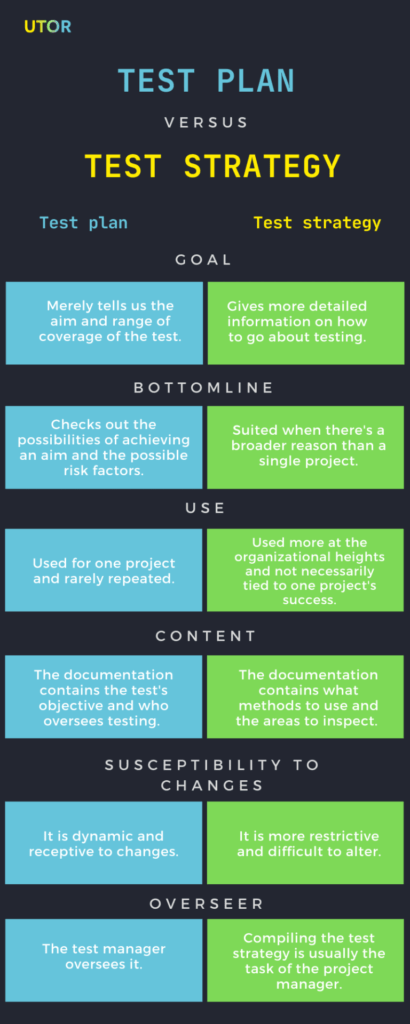
UTOR’s Example of test plan and strategy structure
So far, we’ve outlined the usefulness of test plans and strategies and discussed the differences between both documents. Now let’s take a look at an example.
Note: The following data is for illustrative purposes only.
Use this lesson to visualise how to write a test plan or strategy.
Document Purpose
[Describe why this document is being written, who is the target reader of this document and finally what purpose follows this document]
1. Test Objective
Under the test objective, we should be able to understand the following:
1.1. Product under test
[This section should describe the application under test. At least give the generic idea, and links to its specifications]
1.2. Testing scope
[A list of features/areas which are going to be tested]
- Feature 1
- Feature 2
1.3. Out of scope
[Definition of areas and functionalities that are not going to be tested. It should also identify why these areas are out of testing scope]
- Area 1: Reason
- Area 2: Reason
2. Testing Strategy
The test strategy document should elaborate on the next details:
2.1. Test Types Definitions
[This section is used when you need to explain the details of testing to people who are far from testing processes. Use it if your customer isn’t aware of testing in detail otherwise remove this section. The section describes which testing types are going to be used for testing the product, testing targets, and beliefs for each testing type. Further types used as an example and should be adjusted/extended to the realities]
Feature testing – Level: System
[This testing is used when it’s expected to check and ensure whether product features are implementing business logic. This covers all feature sides, like positive and negative outcomes and side effects.]
Product regression testing – Level: Acceptance
[Executed when it’s expected to check and ensure whether new product features does not affect existing business logic]
2.2. Test Approach
[This is a very important section. Here you should define how the testing process is being performed. It should explain where is the beginning and what follows after that, and what outcomes could be expected after processes are done. I’m leaving this abstract so you clearly understand how to describe it and it differs from project to project]
2.3. Execution process
[Here should be defined how testing execution is going to be logically performed, meaning is it a bunch of tests or it’s a single fluid ‘endless’ process]
2.3.1. [Entrance/Resumption] criteria
[A list of criteria which determines an entrance/resuming of the testing process, after which it means that build or env is under testing now]
- Criteria 1
- Criteria 2
2.3.2. [Exit/Suspension] criteria
[A list of criteria which determines an exit/suspend of the testing process, after which it means that build or env is not under test anymore]
- Criteria 1
- Criteria 2
3. Management
3.1. Deliverables
[Determine a list of items and stages that becomes an outcome as a result of those stages. Here should be test plans, test suites, reports, etc.]
- Item | Stage – some definition or comment
- Item2 | Stage – another comment
3.2. Software Risk Issues
[Determine the critical/risky areas which may increase any testing resource or produce any testing outage]
3.3. Project schedule
[Determine when should be following each planned activity, it can be dateless onprocess depended list as well]
3.4. Used tools
[Define what tools are going to be used to satisfy testing processes]
3.5. Environmental Needs
[Define which hardware/3rd party is needed to fulfill the requirements. Meaning where the product is going to be tested]
3.6. Engineers
3.6.1 Roles and responsibilities
[Determine who is doing what, who is responsible for providing some objects or doing activities]
3.6.2 Required staffing and training
[Define here if needed]
This is just one approach to developing a test plan and strategy. As with any aspect of testing, the structure of the plan and strategy is dynamic. Keep it updated regularly, especially if any changes are necessary.
To sum up
Many people always confuse a Test plan and a Test strategy and can barely tell the difference. We have tried to show how similar, yet different, they are with the differentiation mentioned above.
Both are important parts of any testing process. The test strategy helps plan the test procedure ( in a general case), while the test plan is used to carry out the test process (in the specific case).
To better stage your tests, you should check our post on Agile and traditional methodologies on software testing stages.

